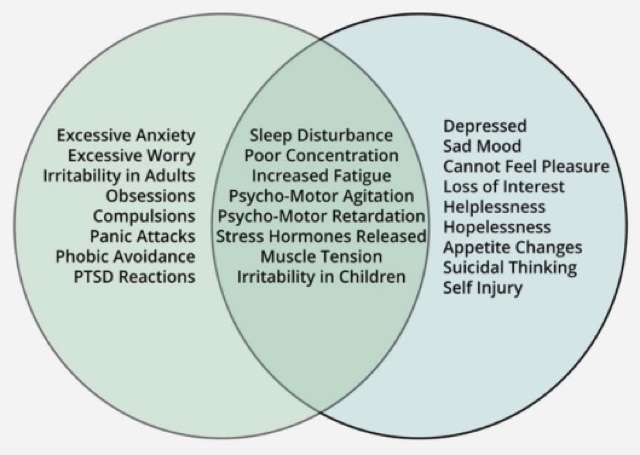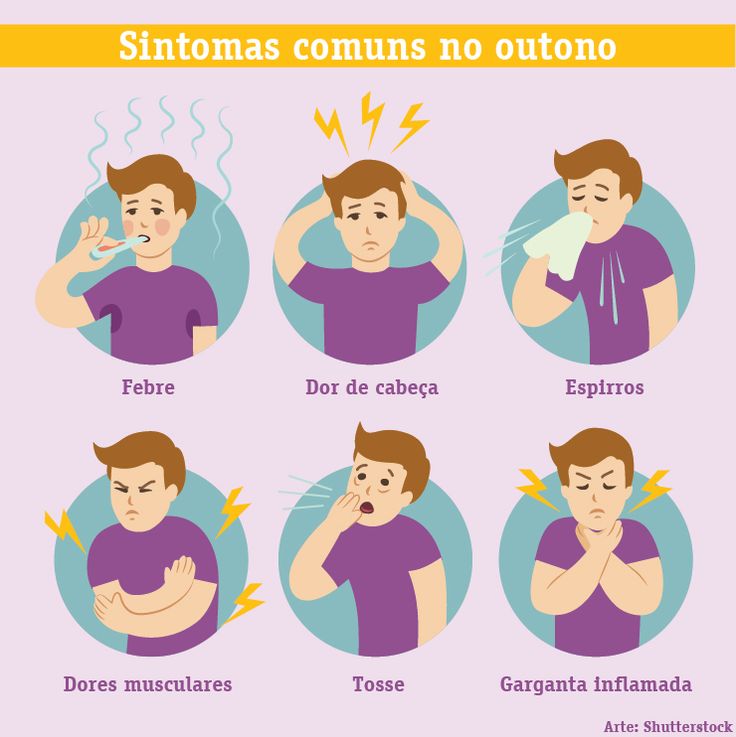Controlling abuse signs
Warning Signs of an Abusive Relationship
Extreme Jealousy
Jealousy is a sign of insecurity and lack of trust, but the abuser will say that it is a sign of love. The abuser will question the victim about who they talk to, accuse them of flirting, or be jealous of time spent with their friends, family, or children. The abuser may refuse to let the victim work or go to school for fear of meeting someone else. The abuser may call the victim frequently or drop by unexpectedly.
Controlling Behavior
One partner completely rules the relationship and makes the decisions. This includes “checking up” on the victim, timing a victim when they leave the house, checking the odometer on the car, questioning the victim about where they go. They may also check the victim’s cell phone for call history, their email or website history. The abuser may control the finances and tries to tell the victim how to dress, who to talk to, and where to go.
Quick Involvement
The abuser comes on strong at the beginning of the relationship, pressuring for a commitment and claims “Love at first sight” or “You’re the only person I could ever talk to”, or “I never met anyone like you before”. Often, in the beginning of a relationship, the abuser is very charming and romantic and the love is intense.
Unrealistic Expectations
Abusers expect their partners to meet all their needs and be “perfect”. They may say things like “If you love me, then I’m all you need”.
Isolation
The abuser tries to keep the victim from friends and family by putting down everyone the victim knows, including their family and friends. They may keep the victim from going to work or school.
Blames Others
The abuser does not take responsibility for their problems, blaming others (usually the victim) for almost everything (“you made me mad”).
Hypersensitivity
An abuser is easily insulted and takes everything as a personal attack and blows things out of proportion.
Cruelty to Animals or Children
The abuser may punish animals brutally or be insensitive to their pain. They may have unfair expectations of children or tease them until they cry.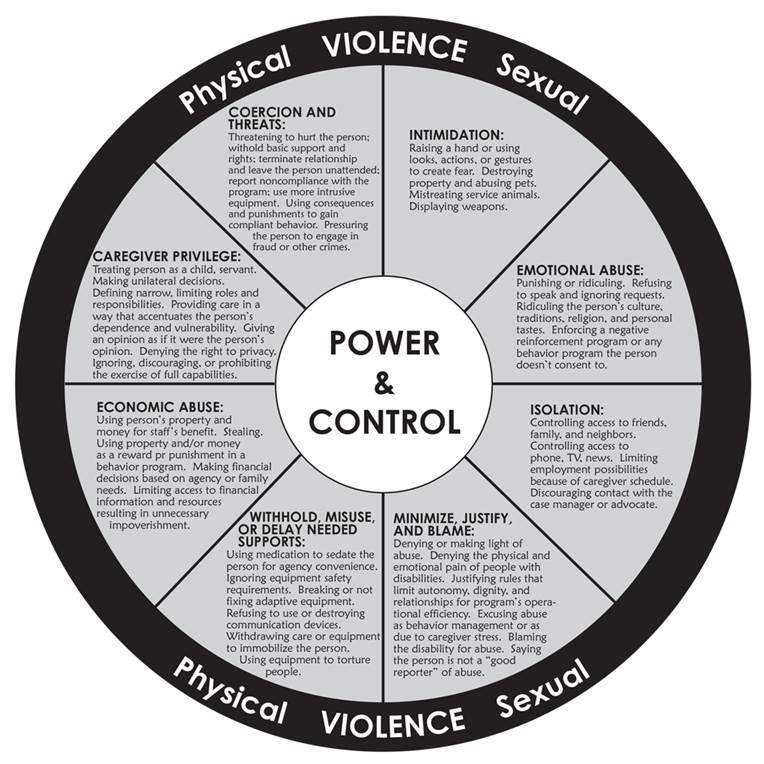
“Playful” Use of Force of Sex
The abuser may throw or hold their partner down during sex, may pressure their partner into having sex, may demand sex when their partner is tired or ill or doesn’t want to have sex. They may ask the victim to do things they do not want to do.
Verbal Abuse
The abuser says cruel and harmful things to their victim, degrades them, curses at them, calls them names, or puts down their accomplishments. The abuser tells their victims they are stupid, and unable to function without them. They embarrass and put down the victim in front of others as well.
Dr. Jeckyl and Mr. Hyde
The abuser experiences severe mood swings and the victim may think the abuser has a mental health problem. One minute they can be charming and sweet and the next minute they become angry and explosive. Explosiveness and moodiness are typical of people who beat their partners.
Past History of Battering
The abuser has a history of past battering of partners and although they may admit to that, they say their previous partner provoked them to do it.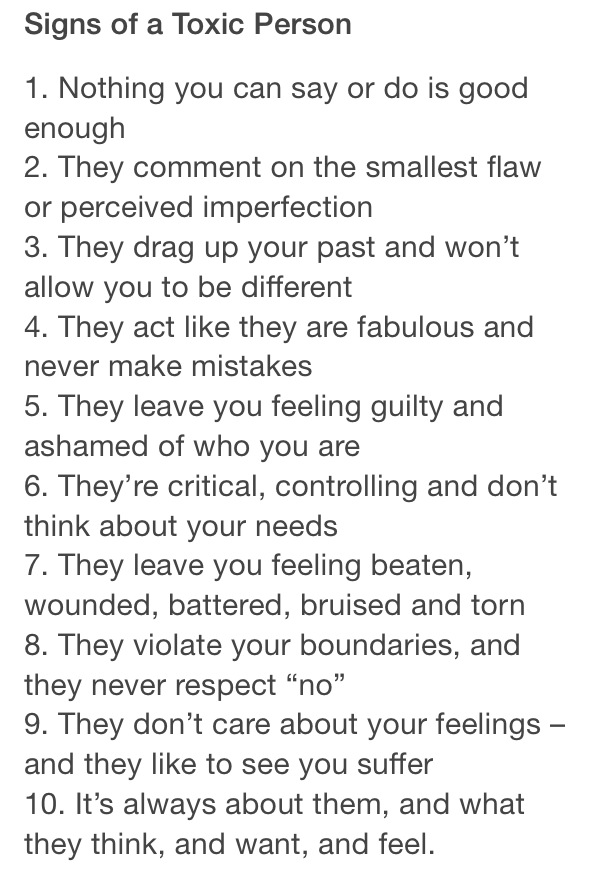 A batterer will beat any partner they are with if the person is with them long enough for the violence to begin; situational circumstances do not cause a person to have an abusive relationship.
A batterer will beat any partner they are with if the person is with them long enough for the violence to begin; situational circumstances do not cause a person to have an abusive relationship.
Use of Violence and Threats of Violence
Violence can include holding the victim down, restraining them from leaving the room or pushing, shoving or holding them against a wall.
Abusers may also throw or break objects as a punishment (breaking treasured possessions), but throwing or breaking objects mostly used to terrorize the victim into submission. The abuser may break or strike objects near the victim to frighten them.
Threats of violence include any threat or physical force meant to control the victim: “I’ll kill you”, “I’ll break your neck”, “If you ever leave, I’ll kill you.”
If you think you may be involved in an abusive relationship, know that you are not alone and you can seek help. Please call our Toll-Free, 24-Hour Hotline at 800-323-HOPE (4673).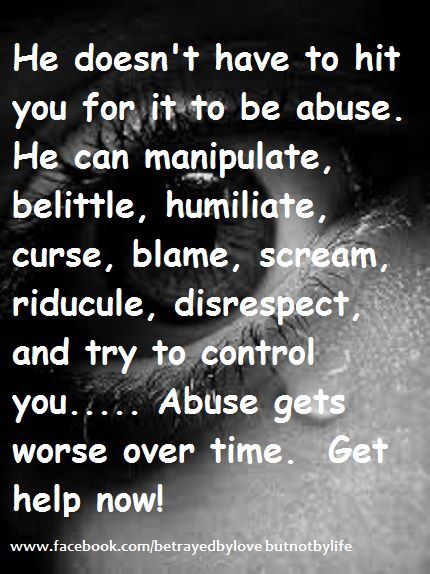
[hr]
What It Is and Signs to Watch For
You might be familiar with many of the obvious signs of emotional abuse and manipulation. But when you’re in an abusive situation, it’s easy to miss the subtle early signs that build up to a a persistent undercurrent of abusive behavior.
Emotional abuse involves attempts to frighten, control, or isolate you. This type of abuse doesn’t involve physical violence, though it might involve threats of violence directed toward you or your loved ones. It’s characterized by a person’s words, actions, and the consistency of these behaviors. Abuse may start gradually, but it happens again and again.
People of any age or gender can abuse or experience abuse. And abuse doesn’t just happen in the context of romantic relationships. The person abusing you could be your spouse or romantic partner — but they might also be your business partner, parent, caretaker, or even your adult child.
Regardless, you don’t deserve the abuse, and it’s definitely not your fault.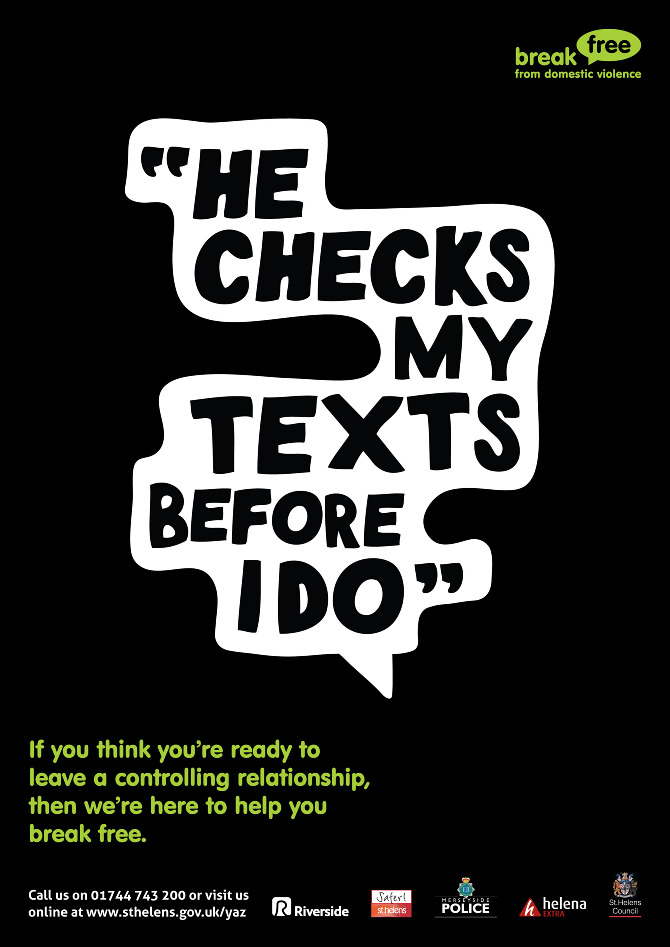
Continue reading to learn how to recognize the signs of emotional abuse and get some guidance on what to do next.
Someone abusing you may use different tactics to undermine your self-esteem.
Examples include:
- Name-calling and derogatory nicknames. They’ll blatantly call you “stupid,” “a loser,” or use other insults. Maybe they use terms of “endearment” that actually highlight things you’re sensitive about — “my little nail biter” or “my chubby pumpkin” — and ignore your requests to stop.
- Character assassination. This usually involves the word “always.” You’re always late, wrong, screwing up, disagreeable, and so on. They might say these things to you, or use them to describe your behavior to others.
- Yelling. Screaming, yelling, and swearing can intimidate you and make you feel small and inconsequential. Maybe they never hit you, but they do pound their fist, throw things, or damage property.

- Patronizing. They belittle you by saying things like, “I know you try, but this is just beyond the scope of your brain.”
- Public embarrassment. They pick fights, share your secrets, or make fun of your shortcomings in public.
- Dismissiveness. You share something important to you and they reply with, “What? Who cares about that?” Body language like eye rolling, smirking, head shaking, and sighing help convey the same message.
- “Joking.” When you express discomfort with something they’ve said, they snap back, “Can’t you take a joke? Grow up.” You’re left feeling foolish and wondering whether you are, in fact, too sensitive.
- Insulting your appearance. As you head out, they stop you at the door. “You’re wearing that ridiculous outfit? No wonder you can’t get a date.” Or they constantly say you’re lucky they chose you, since they could find someone so much more attractive.
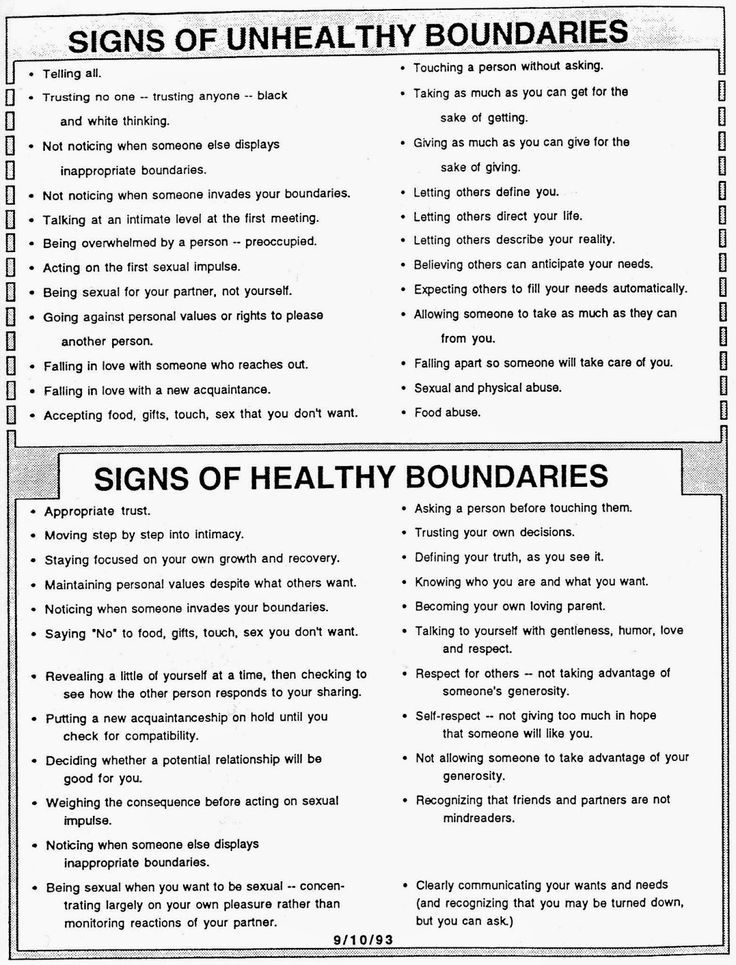
- Belittling your accomplishments. They brush off your achievements, saying they don’t matter, or claim responsibility for your successes.
- Putting down your interests. They suggest your hobby is a waste of time. “You’ll never be any good at the piano, so why do you keep trying?” Really, they’d rather you not participate in activities without them.
- Pushing your buttons. Once they find something that annoys you or makes you uncomfortable, they begin to mention it every chance they get, ignoring your requests that they stop.
Abusive behavior relates to the desire to maintain power and control. Someone abusing you might attempt to manipulate you into doing what they want you to do, often by making you feel ashamed of your inadequacies.
They may try to control you by:
- Making threats. They imply — or say outright — that they’ll fire you or report you for being an unfit parent.
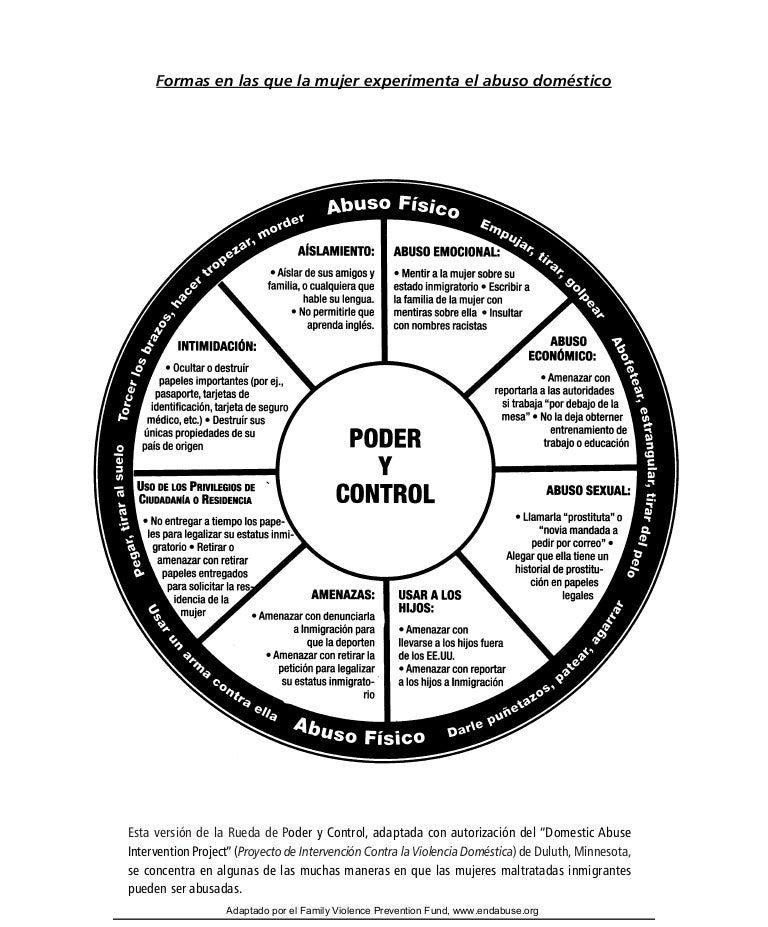 They might even say something like, “There’s no telling what I might do,” to keep things vague and leave you afraid.
They might even say something like, “There’s no telling what I might do,” to keep things vague and leave you afraid. - Monitoring your whereabouts. They want to know where you are, always, and insist you respond to calls or texts immediately. They might show up at your work or school, just to check you did actually go there.
- Spying on you digitally. They demand your passwords, or insist you go password-free, and regularly check your internet history, emails, texts, and call log.
- Gaslighting. Someone abusing you may deny that specific events, arguments, or agreements ever happened. This tactic can leave you questioning your own memory, not to mention your mental health and well-being.
- Making all the decisions. This might involve closing a joint bank account and canceling doctor’s appointments. They may insist you withdraw from school and resign from work — or do so on your behalf. Or maybe they tell you what to wear, what to eat (and how much), or which friends you can spend time with.
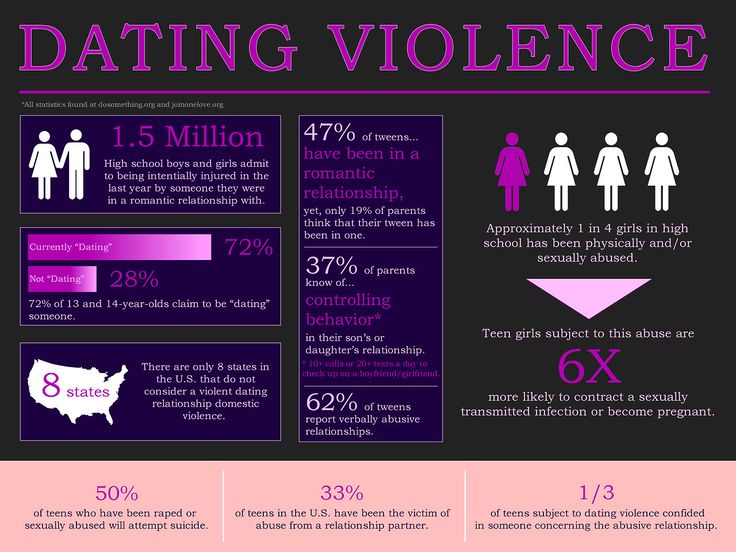
- Controlling your access to finances. They keep bank accounts in their name and make you ask for money. They also expect you to keep your receipts and account for every penny you spend.
- Emotional blackmailing. Someone using this tactic will attempt to get you to do things by manipulating your feelings. They might use tricky questions to “test” you, take on the role of victim, or try to guilt-trip you.
- Lecturing you constantly. After you make a mistake, no matter how minor, they catalog all of your errors with a long monologue. They describe all the ways you’ve fallen short and make it clear they consider you beneath them.
- Giving direct orders. From, “I don’t care what happened. You stay here until you get that client back, or you’re fired,” to “Stop taking the pill,” they expect you to do everything they say without question.
- Having frequent outbursts. They told you to cancel that outing with your friend, or put the car in the garage, but you didn’t.
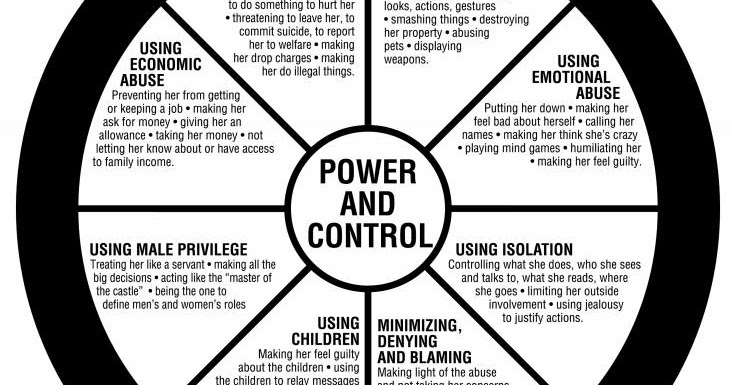 So, they become enraged, angrily shouting about how inconsiderate and uncooperative you are.
So, they become enraged, angrily shouting about how inconsiderate and uncooperative you are. - Feigning helplessness. They say they don’t know how to do something, hoping you’ll simply do it yourself instead of taking the time to explain it.
- Unpredictability. They explode for no clear reason, then suddenly shower you with affection. Or maybe their mood shifts from upbeat to dark and angry with little warning, leaving you never sure what to expect.
- Walking out. A partner or parent might leave a social event suddenly, so you have no way home. A supervisor might exit during a discussion about your assignment, so your questions remain unresolved.
- Stonewalling you. During a disagreement or conflict, they shut down, refusing to respond to your attempts to communicate.
People who abuse others often try to create a hierarchy that puts them at the top and you at the bottom.
Examples might include:
- Jealousy.
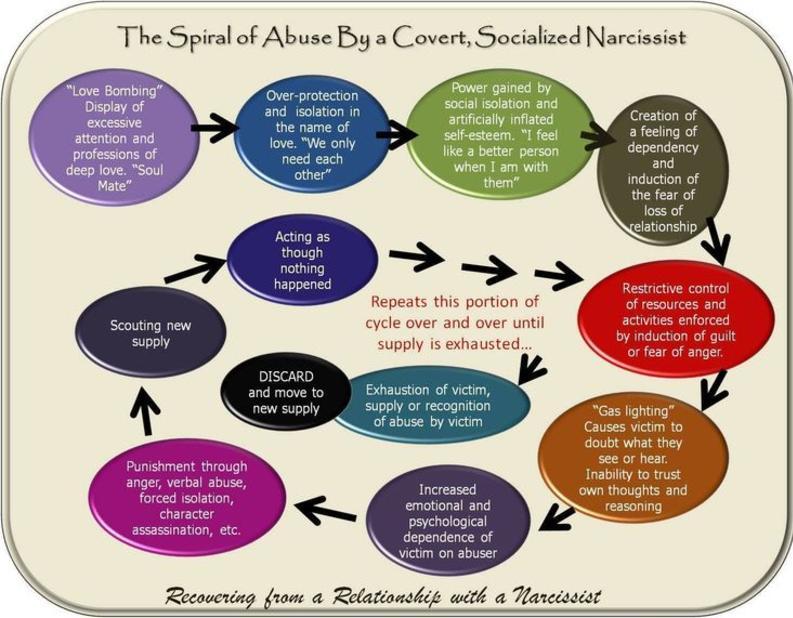 They accuse you of flirting or cheating, or say you’d spend all your time with them if you truly loved them.
They accuse you of flirting or cheating, or say you’d spend all your time with them if you truly loved them. - Using guilt. They might try to guilt-trip you into doing something by saying things like, “You owe me this. Look at all I’ve done for you,” in an attempt to get their way.
- Unrealistic expectations. They expect you to do what they want, when they want you to do it. They think you should always prioritize their needs, do things according to their standards — and you absolutely shouldn’t hang out with your friends or family if there’s any chance they might need you.
- Goading and blaming. People who manipulate and abuse typically know just how to upset you. But once you do get upset, they pin the blame back on you — after all, it’s your fault for being so sensitive and incompetent.
- Denying the abuse. When you express concerns about their behavior, they might deny it, seemingly bewildered at the very thought.
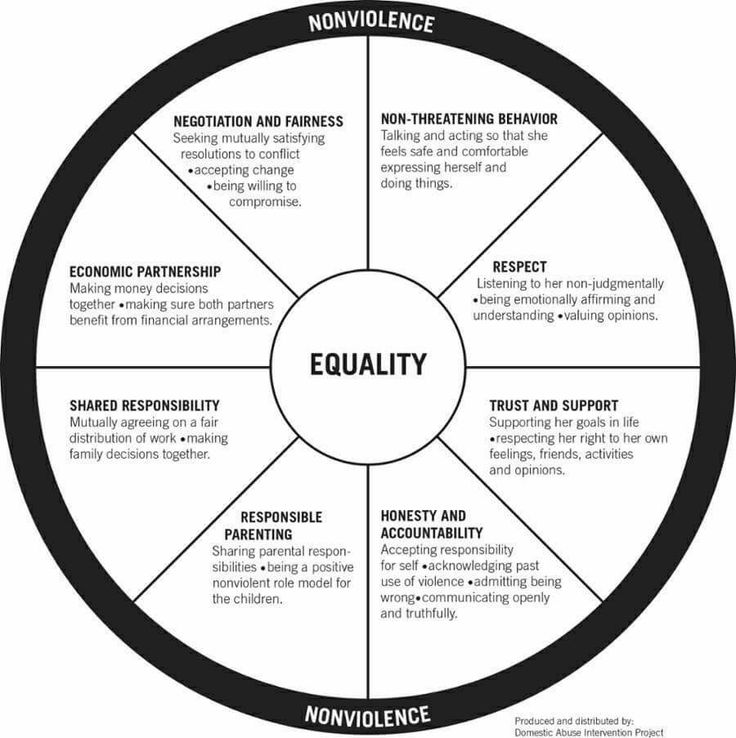 They may even suggest you’re the one with anger and control issues, or say they only get angry because you’re such a difficult person.
They may even suggest you’re the one with anger and control issues, or say they only get angry because you’re such a difficult person. - Trivializing. When you explain how much something they said or did upset you and hurt your feelings, they accuse you of overreacting or misunderstanding the situation.
- Blaming you for their problems. When things go wrong, they always blame you. If only you’d been a more loving child, a more supportive partner, or a better parent, they might say, their life would be fantastic.
- Destroying and denying. They might throw your phone down to break it, “lose” your car keys, or destroy other important possessions, then deny it or say it happened accidentally.
Someone abusing you will generally try to get you to prioritize their needs and neglect your own.
Often, they’ll also make an effort to isolate you by coming between you and your supportive loved ones — a step which, of course, leaves you more dependent on them.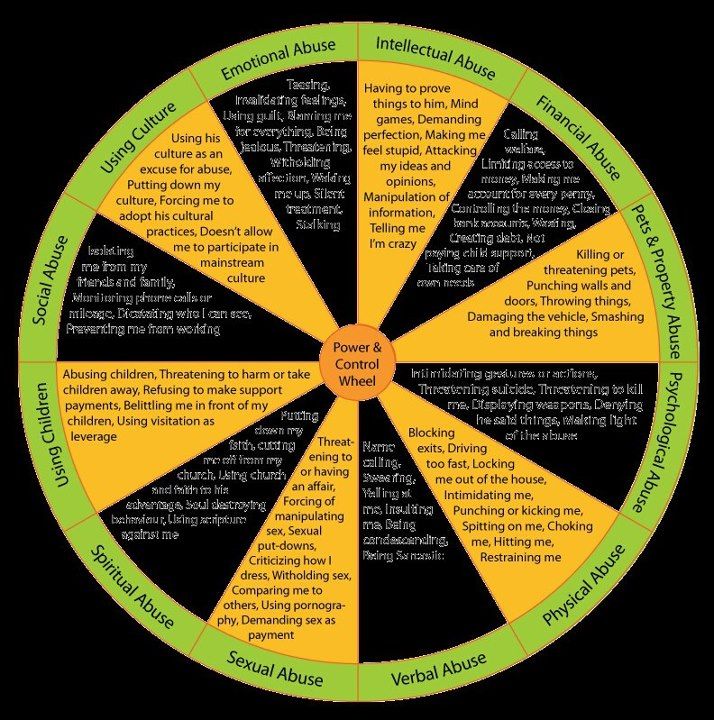
Tactics they might use include:
- Dehumanizing you. They’ll intentionally look away when you’re talking or stare at something else when speaking to you in an effort to make you feel unimportant.
- Keeping you from socializing. Whenever you have plans to go out, they come up with a distraction or beg you not to go.
- Invalidating you. They might suggest or say straight out that your needs, boundaries, and desires don’t matter to them.
- Trying to come between you and your family. They’ll tell family members you don’t want to see them or make excuses why you can’t attend family functions. Later, they might tell you that your loved ones don’t care about you or think there’s something wrong with you.
- Using the silent treatment. They might ignore your attempts at conversation in person, via text, or over the phone.
- Withholding affection. They won’t touch you, even to hold your hand or pat you on the shoulder.
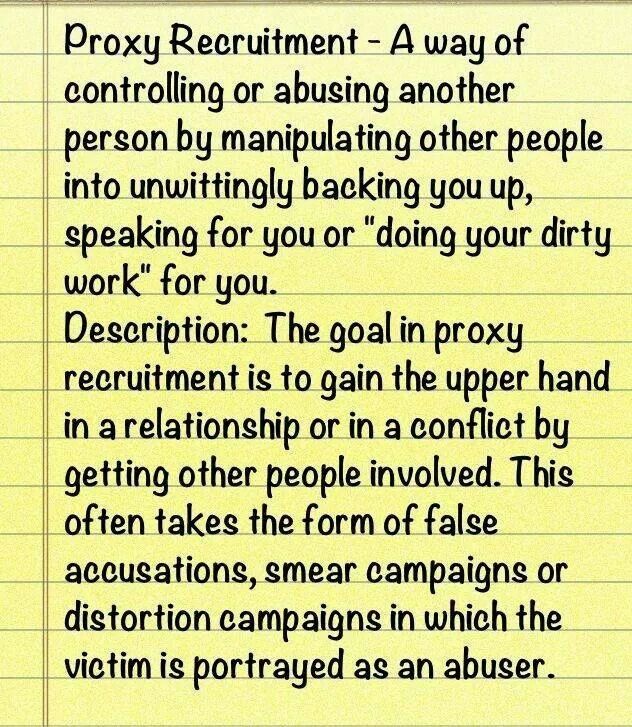 They may refuse to have any intimate contact if you offend them, or they want you to do something you don’t want to do.
They may refuse to have any intimate contact if you offend them, or they want you to do something you don’t want to do. - Shutting down communication. They might wave you off, change the subject, or simply ignore you when you want to talk about important concerns.
- Actively working to turn others against you. They might tell other people in your life, including co-workers, friends, and even your family, that you lie, have lost touch with reality, or have had an emotional breakdown.
- Denying support. When you need emotional support or help with a problem, they might call you needy, say the world can’t stop and wait on your problems, or tell you to toughen up and fix it yourself.
- Interrupting. They might get in your face when you’re in the middle of an activity and take away your phone or anything else in your hands to let you know your attention should be on them.
- Disputing your feelings.
 No matter what feeling or emotion you express, they might insist you shouldn’t feel that way. For example, “You shouldn’t be angry over that,” or “What have you got to feel sad about?”
No matter what feeling or emotion you express, they might insist you shouldn’t feel that way. For example, “You shouldn’t be angry over that,” or “What have you got to feel sad about?”
Learn more about codependency and how to overcome it.
If you believe you’re experiencing emotional abuse, trust your instincts.
Abuse is never your fault, and you don’t have to live with it
If you fear immediate physical violence, get to a safe place if you can. You can also call 911 or your local emergency services for help.
If you aren’t in immediate danger and you need to talk or find some place to go, call the National Domestic Violence Hotline at 800-799-7233. This free, confidential 24/7 hotline can put you in touch with service providers and shelters across the United States.
Find more resources here.
These tips offer a place to start:
- Don’t try to fix them. You may want to help, but it’s often difficult for abusive people to change their behavior without professional support.
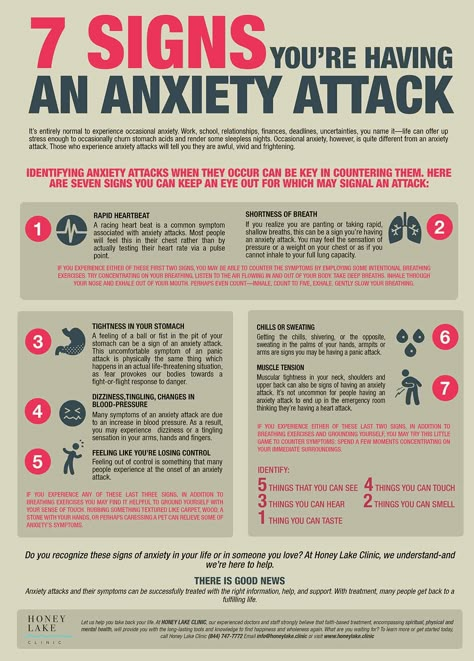 You can encourage them to work with a therapist, but they have to make the choice themselves.
You can encourage them to work with a therapist, but they have to make the choice themselves. - Avoid self-blame. Remember, you never deserve abuse, no matter what you’ve said or done. The only person responsible is the one engaging in abusive behavior.
- Prioritize your needs. Taking care of your physical and emotional needs can help you move forward to a place where you feel comfortable setting boundaries, reaching out for support, and leaving the abusive situation.
- Avoid engaging with them. Don’t reply to their text messages, phone calls, or emails. If you can’t avoid working or spending time with them, try to keep another person with you and limit your conversation to essential topics.
- Set personal boundaries. Decide how you’ll avoid responding to manipulation or getting pulled into arguments. Express those limits to the person using abuse tactics and stick to them. You might say, for example, “If you call me names, I’ll go home,” or, “If you start teasing me in public, I’ll leave.
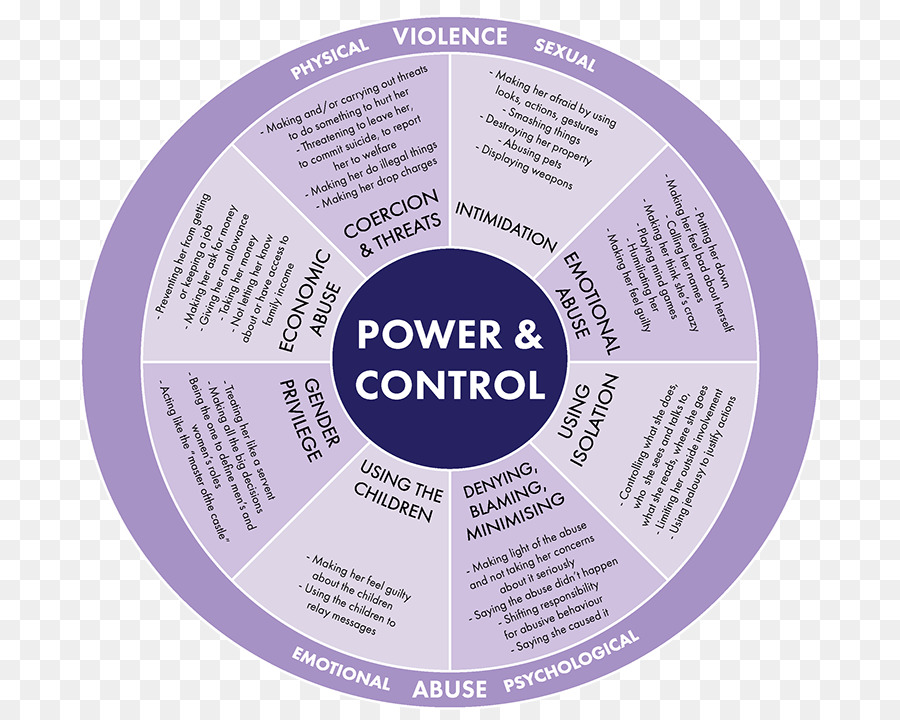 ”
” - Build a support network. It might feel frightening to open up about what you’ve experienced, but reaching out to loved ones and a supportive therapist can go a long way toward helping you get the support you need to heal.
- Exit the relationship or circumstance. State clearly that the relationship is over and cut all ties, if possible. Block their number and social media accounts, and ignore attempts to reach out.
- Give yourself time to heal. Take space to focus on your needs and recovery. This might involve rediscovering your sense of self, creating a new self-care routine, and talking with a therapist who can offer guidance with recovery.
Leaving an abusive relationship often proves more challenging if you’re married, have children, or have shared assets. If that’s your situation, a good next step involves seeking legal assistance.
A domestic violence advocate or mental health professional can also help you develop an exit plan to leave the relationship safely.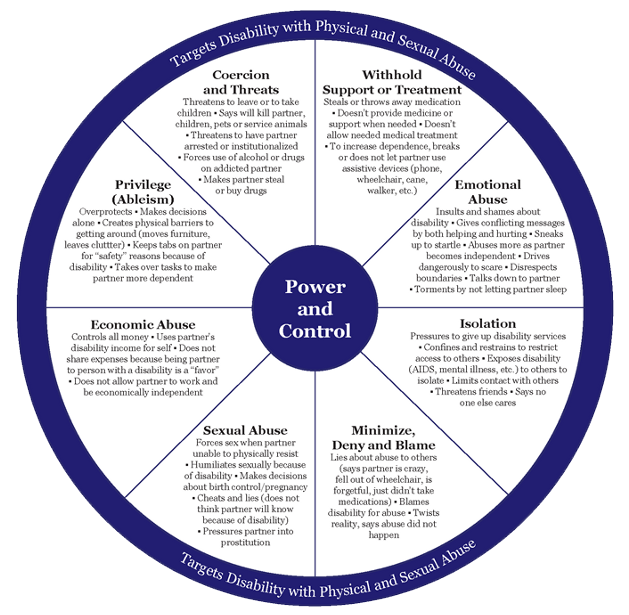
The following resources can also help you come up with a plan:
- DomesticShelters.org. Visit this website for educational information, a free hotline, and a searchable database of services in your area.
- Love Is Respect. This nonprofit organization offers teens and young adults a chance to chat online, call, or text with advocates.
Some practical issues of protection of rights to trademarks
L.V. Nazarycheva,
Assistant Deputy Chairman of the
Court of Intellectual Rights,
graduate student of the Institute of Legislation
and comparative law under the Government of the Russian Federation
"Journal of the Court of Intellectual Rights", No. 4, June 2014, C . 46-52
Granting legal protection to trademarks through their state registration by no means in all cases protects right holders from violations of exclusive rights to these means of individualization.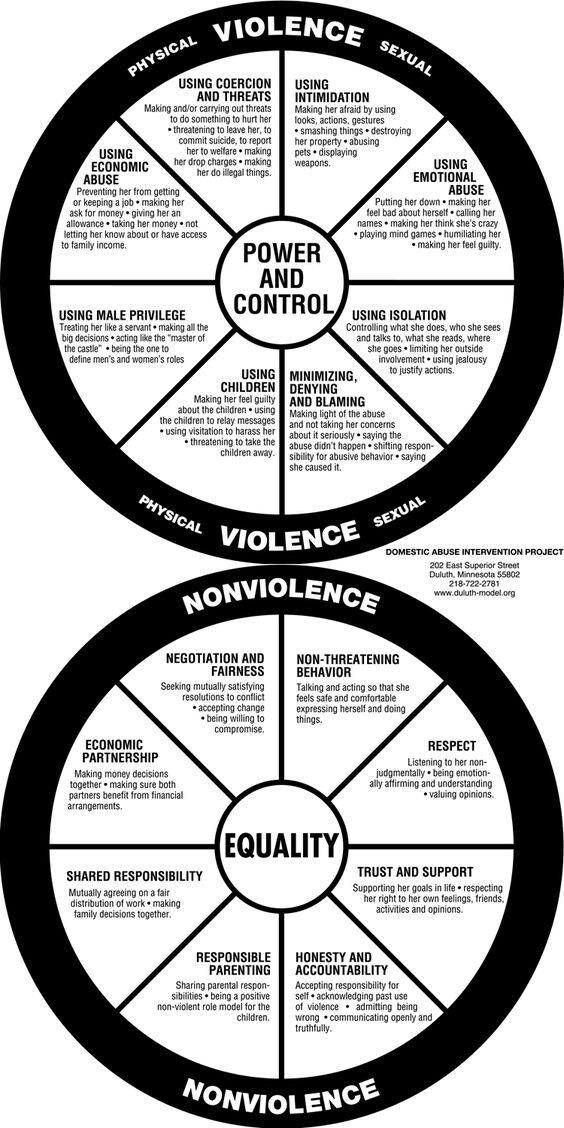 This article draws attention to some topical issues of judicial practice in cases of trademarks. nine0011
This article draws attention to some topical issues of judicial practice in cases of trademarks. nine0011
A number of problems arising in connection with the exercise of exclusive rights by copyright holders have been revealed and resolved by arbitration jurisprudence1, analyzed in special studies2, but many emerging practical issues are still pending consideration.
Along with the development of civil legislation, significant changes are taking place in the structure of the judicial system of the Russian Federation, changes are being made to the legislation on the judiciary and legal proceedings. Currently, a significant number of cases related to the protection of intellectual property rights are assigned to the jurisdiction of a specialized arbitration court established in Russia - the Court for Intellectual Property Rights. In 2013, the Intellectual Property Court received 456 applications, of which 3,623 were accepted.
In practice, arbitration courts have to deal with the need to resolve a fairly wide range of issues related to the use of trademarks. The trademarks themselves and (or) confusingly similar designations are analyzed, counterfeitness is checked, the homogeneity of goods is determined taking into account the relevant criteria, the grounds for early termination of the legal protection of trademarks are established. The courts discover facts of abuse of trademark rights, check the correctness of the exercise of powers by Rospatent and other bodies for the performance of state functions. nine0011
The trademarks themselves and (or) confusingly similar designations are analyzed, counterfeitness is checked, the homogeneity of goods is determined taking into account the relevant criteria, the grounds for early termination of the legal protection of trademarks are established. The courts discover facts of abuse of trademark rights, check the correctness of the exercise of powers by Rospatent and other bodies for the performance of state functions. nine0011
1. One of the issues resolved by the courts in practice is to establish the presence or absence of interest (claimant) in the early termination of the legal protection of a trademark for homogeneous goods, taking into account the location of the goods in a particular class of the Nice Classification. Establishing the interest of the applicant, the court may take the path of a literal interpretation (strictly based on the class of goods), or may proceed from the characteristics of a particular product in its class. In the case of a literal interpretation, the court may be faced with the need to recognize such goods, for example, as beer and juice, as homogeneous, since it is indicated in the Nice Classification. nine0011
nine0011
Thus, Soyuzplodoimport (Applicant) applied to the Moscow Arbitration Court with an application to CJSC Soyuzplodimport (Defendant) for early termination of the legal protection of the Stoli Cranbery trademark under certificate No. 266688 of the Russian Federation in respect of all goods and services 32 and 33 classes of the Nice Classification, motivated by the fact that the Respondent has not continuously used the indicated trademark for the last three years prior to filing the application.
By the decision of the Moscow Arbitration Court dated June 20, 2013, upheld by the Court of Appeal, the requirements were partially satisfied - the protection of the Stoli Cranbery trademark was prematurely terminated in respect of goods of class 33 of the Nice Classification and part of class 32 of the Nice Classification, namely “beer”. nine0011
The Applicant applied to the Intellectual Property Court with a cassation appeal, in which he asked to cancel the said judicial acts in part of the refusal to terminate the legal protection early in respect of a part of goods of class 32 of the Nice Classification, namely: “mineral and carbonated waters and other non-alcoholic drinks; fruit drinks and fruit juices; syrups and other beverage preparations.
The court of cassation changed the contested acts, deciding to terminate the protection in respect of all goods of class 32 of the Nice Classification, and pointed out the following. nine0011
Trademark with the verbal designation "Stoli Cranbery" in 2004 was registered in the name of the Respondent in respect of goods of classes 32 and 33 of the Nice Classification.
The courts of first and appeal proceeded from the fact that there was no evidence of the applicant's interest in the early termination of the legal protection of the Stoli Cranbery trademark in respect of goods of 32 classes of the Nice Classification: “mineral and carbonated waters and other soft drinks; fruit drinks and fruit juices; syrups and other beverage preparations. nine0011
However, the conclusion about the lack of interest in terminating the legal protection of a trademark was made by the courts without taking into account the provisions of the Methodological Recommendations for Determining the Homogeneity of Goods and Services in the Examination of Applications for State Registration of Trademarks and Service Marks.
According to paragraph 14.4.3 of the Rules for the preparation, filing and consideration of an application for registration of a trademark and service mark, approved by the Order of Rospatent dated 05.03.2003 No. 32, when establishing the homogeneity of goods, the fundamental possibility of the consumer having an idea that these goods belong to one manufacturer is determined. nine0003 Homogeneous goods are goods that are not identical in all respects, but have similar characteristics and consist of similar components produced from the same materials to enable them to perform the same functions.
The homogeneity of goods of class 32 of the Nice Classification "beer" and other goods of class 32 of the Nice Classification (mineral and carbonated waters, etc.) is due to the fact that they belong to the same generic group (soft drinks, as well as drinks with a low alcohol content), have the same purpose, the same circle of consumers and the same conditions of sale, including the method of laying out goods on store shelves.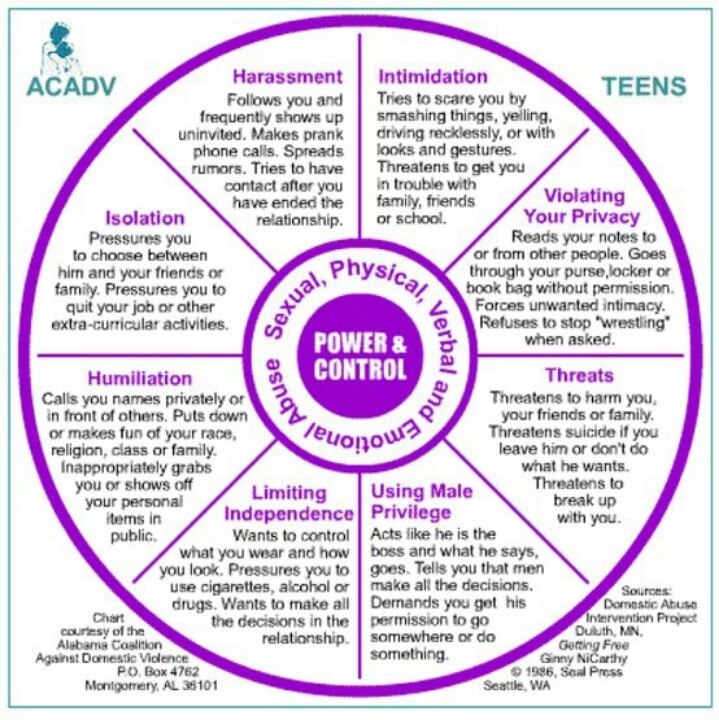 nine0011
nine0011
Based on these findings, the Intellectual Property Rights Court decided to terminate the legal protection of the trademark in respect of all goods of classes 32 and 33 of the Nice Classification4 ahead of schedule.
As can be seen from the published judicial acts, the courts investigated the issues of confirming the interest of a person in terminating the legal protection of a trademark and the homogeneity of goods.
The Intellectual Property Court found that Soyuzplodoimport was interested in terminating trademark protection in relation to all goods of class 32 of the Nice Classification, i.e. in relation to beer, carbonated water, juices , etc. At the same time, on the basis of the above Methodological Recommendations, the court established the homogeneity of beer and other goods of class 32 of the Nice Classification.
At the same time, it seems to the author of the article that the person concerned must justify his interest in terminating the protection of a trademark owned by another person in relation to specific goods of the declared class of the Nice Classification.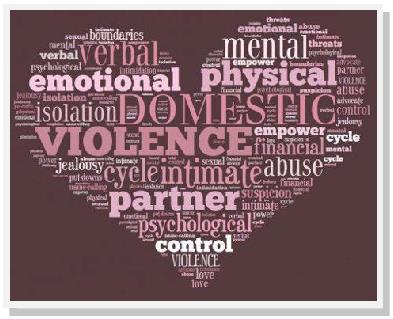
If you turn to the official information about the Soyuzplodoimport enterprise, you can see that the enterprise produces vodka, tincture, cognac, i.e. specializes in the manufacture and promotion of alcoholic products. This enterprise does not produce beer, carbonated water, juices and other goods of class 32 of the NKTU6. Even if we conditionally assume the homogeneity of beer and juices (according to the Nice Classification), how to explain the interest (legitimate interest) in them of a company that does not produce these goods? And does the consumer of juices have an idea that these goods belong to the manufacturer of alcoholic products? As you know, the use of a trademark should be associated with the direct introduction of the goods for which it is registered into civil circulation. nine0011
In our opinion, the recognition of goods as homogeneous by assigning them to one class of the Nice Classification should not mean that the applicant, who produces part of the goods in the class of the Nice Classification, is interested in all the goods specified in the class of the Nice Classification.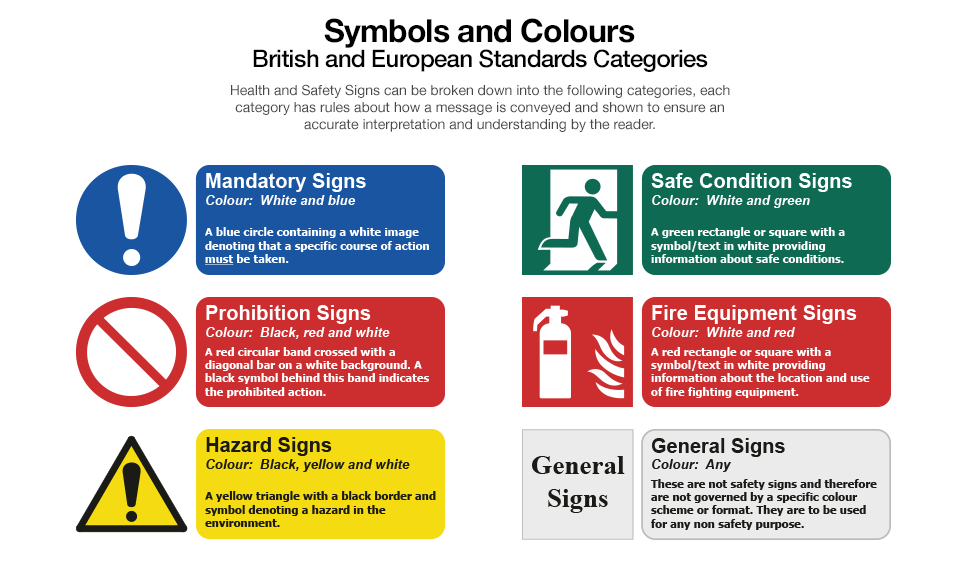
When a court establishes an interest in terminating the legal protection of a trademark, the economic (economic) activity actually carried out by the applicant, with which the consumer should associate the designation, must also be taken into account. nine0011
It is interesting that in another case, at the suit of OJSC Kagalnitsky Dairy Plant against Soremartek S.A. on the early termination of the legal protection of the RAFFAELLO trademark, the Intellectual Property Court rightly considered the plaintiff not interested in alcoholic products (goods of class 33 of the Nice Classification). The decision of the court was left unchanged7.
2. Another problem that I would like to draw attention to is the establishment by the court of the presence or absence of facts of abuse of (exclusive) trademark rights that are in any way related to the registration of rights. nine0011
To understand what is at stake, let's give an example from judicial practice, in which, according to the court, there is an abuse of the right.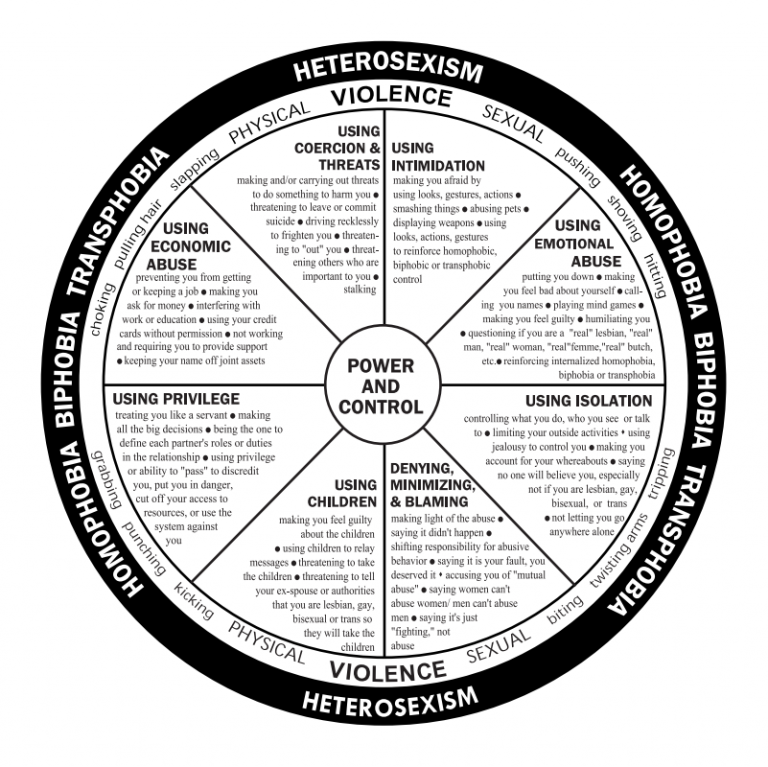
Femida LLC applied to the Arbitration Court of the Kirov Region with a claim against the AJAX Security Agency (hereinafter referred to as the Security Agency) to stop the violation of exclusive rights to a trademark by prohibiting its use and to recover compensation.
By the decision of the court dated 12/11/2012, the Security Agency is prohibited from using the plaintiff's trademark. The Court of Appeal, by its decision dated February 28, 2013, annulled the decision of the court of first instance and adopted a new judicial act, in which it dismissed the claims. nine0011
The Court of Cassation, upholding the decision of the Court of Appeal, found the following.
The parties entered into an agreement on joint activities, according to which the participants, based on common commercial interests, undertook to act jointly by combining property, money, other material resources, their professional experience, etc., under the brand name “AJAX Group of Companies”. The parties agreed that Femida LLC develops and registers trademark No.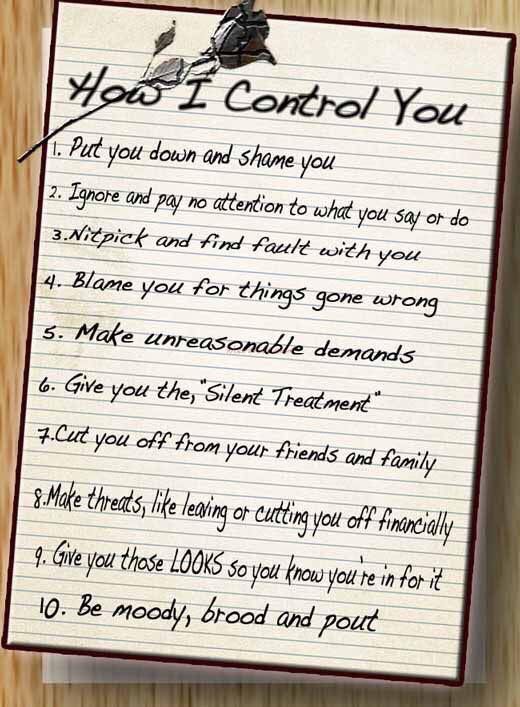 41729 with Rospatent7, which will be used as a common trademark of both participants. When terminating the agreement at the initiative of one of the participants, the participants undertake not to interfere with each other in the use of the trademark. If one of the participants begins to challenge his exclusive right to a trademark, then he undertakes to pay the costs of registering and promoting a new trademark to the second participant.
41729 with Rospatent7, which will be used as a common trademark of both participants. When terminating the agreement at the initiative of one of the participants, the participants undertake not to interfere with each other in the use of the trademark. If one of the participants begins to challenge his exclusive right to a trademark, then he undertakes to pay the costs of registering and promoting a new trademark to the second participant.
LLC "Themis" is the owner of the trademark No. 417297, which is made in the form of the letter "A" in the outline, with priority dated 11.08.2009which is supported by evidence.
The logo of the “AJAX group of companies” in the form in which this image was included in the trademark No. 417297 was used by the Security Agency on contract forms until the priority date, which is confirmed by the contracts. Previously, the Respondent used a different logo in its activities, part of which was a stylized image of the letter A in combination with the words “AJAX”, “security agency”.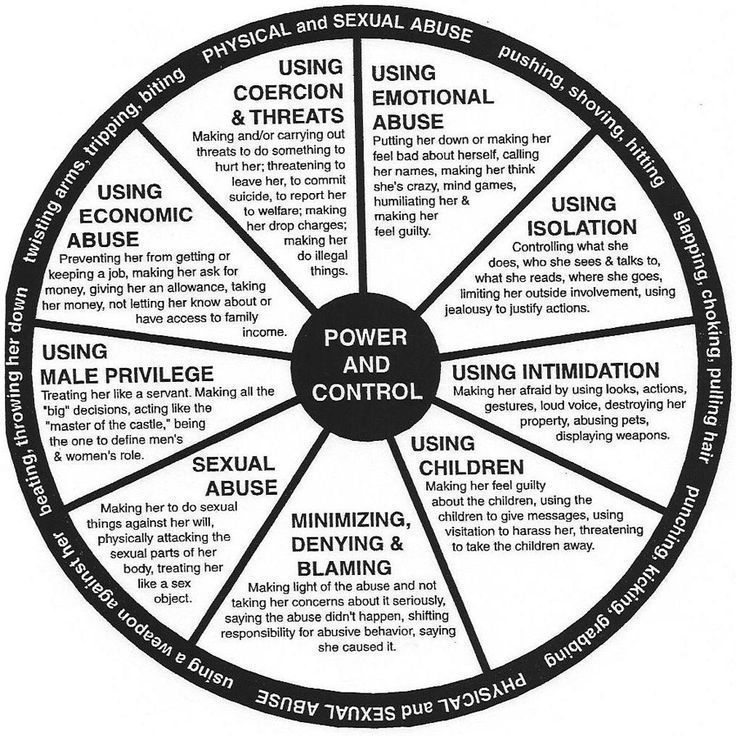
Based on the provisions of the Civil Code of the Russian Federation (clause 1 of article 1229, clause 1 of article 1477, article 1484), the court of cassation came to the conclusion that the plaintiff, the owner of the exclusive rights to the trademark, was rightfully denied judicial protection - in satisfaction of the claim to suppress the infringement of exclusive rights to a trademark by prohibiting its use and to recover compensation, since the defendant, even before the priority date of the disputed trademark, used a similar designation, with which he individualized his activities to provide homogeneous services. The plaintiff registered the trademark later. Therefore, registration of a trademark similar to the defendant's designation was an abuse of the right by the plaintiff8.
Thus, the Applicant (Femida LLC) was denied protection of the right to the trademark.
However, the motives for the decision of the cassation instance may become a subject for discussion.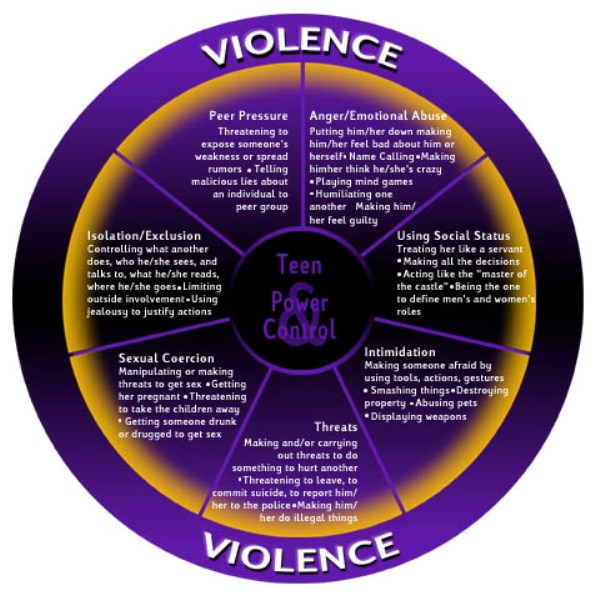
As can be seen from the court ruling, it is the fact of registration of a trademark that the court considers as an abuse of the right by Femida LLC. nine0011
At the same time, in our opinion, the registration of a trademark in itself cannot be an abuse of the right. Otherwise, it should be recognized that the registration authority does not properly perform its functions in the field of trademark registration. It seems that the registration of a trademark by the competent authority just indicates that the trademark has passed due diligence (the necessary stages of registration), and its owner has the right to use it. Registration itself is carried out in order to exclude abuses in the use of means of individualization. nine0011
However, in judicial practice, some courts consider the registration of a trademark as an abuse of the right. Perhaps this was the result of the not entirely successful and appropriate use of the phrase from paragraph 63 of the decision of the Plenum of the Supreme Court of the Russian Federation and the Plenum of the Supreme Arbitration Court of the Russian Federation dated March 26, 2009 No.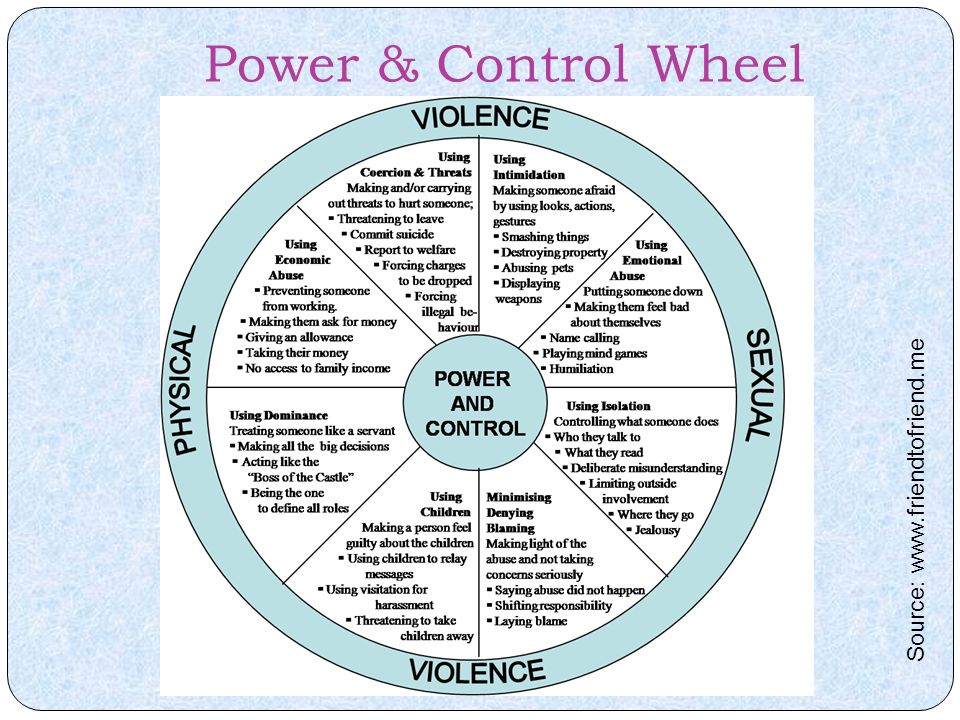 4 of the Civil Code of the Russian Federation, according to which the granting of legal protection to a trademark may be disputed and declared invalid in whole or in part during the entire period of validity of legal protection, if actions of the right holder related to the state registration of the trademark are recognized in the established order as abuse of the right or unfair competition. And further in paragraph 63, it is about unfair competition.
4 of the Civil Code of the Russian Federation, according to which the granting of legal protection to a trademark may be disputed and declared invalid in whole or in part during the entire period of validity of legal protection, if actions of the right holder related to the state registration of the trademark are recognized in the established order as abuse of the right or unfair competition. And further in paragraph 63, it is about unfair competition.
Thus, the resolution of the plenums speaks of the actions associated with registration, and not of the registration itself as an abuse of the right. It can be assumed that the registration of a trademark can serve as a link in the chain of actions for the abuse of the right, but it is not an abuse of the right separately. nine0011
Returning to the above example, it should be noted that the registration of the trademark was carried out by the applicant with the consent and in the interests of the respondent and was used for about two years without mutual claims of the parties. Along with this, the parties undertook not to interfere with each other in the use of the trademark in the event of termination of the agreement.
Along with this, the parties undertook not to interfere with each other in the use of the trademark in the event of termination of the agreement.
In addition, it does not appear from the judgment, for example, whether the applicant used the right to register as an intent to harm the defendant or to restrict competition and abuse a dominant market position. A question may be asked about the proof of the fact of exercising the right to registration in contradiction with its purpose. nine0011
Without disputing the correctness of the final conclusions of the court of cassation, it can be assumed that the conclusions on the considered case may be based on other judgments. In particular, it is possible, subject to the agreement of the parties, not to interfere with each other in using the trademark and establishing the presence or absence of the fact of abuse by the copyright holder of the exclusive right to the trademark.
3. The tasks facing the court may be related to the need to determine the proper performance by a state body, most often the Federal Service for Intellectual Property (Rospatent), state functions9.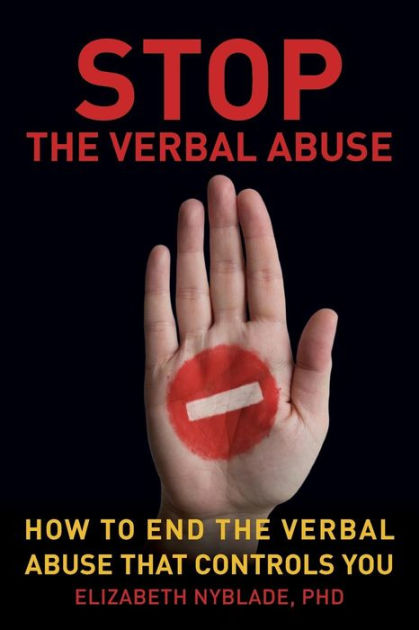 We are talking about the form of the response (request) of Rospatent, sent as part of the performance of the state function of conducting an examination, not by Rospatent itself, but by other bodies (organizations) that are duly (Rospatent) empowered to do this.
We are talking about the form of the response (request) of Rospatent, sent as part of the performance of the state function of conducting an examination, not by Rospatent itself, but by other bodies (organizations) that are duly (Rospatent) empowered to do this.
So, Pilkin V.E. applied to the Intellectual Property Court with an application to Rospatent to invalidate the decision of 08/09/2013 to refuse to satisfy the objection to the decision to recognize application No. 2012128361/08(044335) as withdrawn. The court decision dismissed the claim. nine0011
The applicant filed a cassation appeal asking for the decision to be annulled. The Presidium of the Intellectual Property Rights Court came to the conclusion that there were grounds for satisfying the cassation complaint, since the court, when considering the dispute on the merits, unreasonably did not take into account the fact that the request sent by the Federal State Budgetary Institution "Federal Institute of Industrial Property" (FIPS) to the applicant with a proposal to submit corrected or supplemented documents, is not a request from Rospatent in accordance with paragraph 4 of Article 1384 of the Civil Code of the Russian Federation, in connection with which the court did not establish all the circumstances in the case that are essential for the correct resolution of the dispute. In addition, the applicant pointed out that when considering the dispute on the merits, the persons participating in the case did not refer to the response of Rospatent dated 03.10.2012 No. 02/54-511/41 as a request from Rospatent sent as part of the state function of conducting a formal examination application for a utility model, in connection with which, according to the applicant, , the court had no legal grounds for the legal qualification of the named document as the request of Rospatent and, as a result, conclusions about the latter's compliance with the requirements of the legislation on conducting a formal examination of an application for a utility model and on the legitimacy of recognizing such an application as withdrawn by Rospatent.
In addition, the applicant pointed out that when considering the dispute on the merits, the persons participating in the case did not refer to the response of Rospatent dated 03.10.2012 No. 02/54-511/41 as a request from Rospatent sent as part of the state function of conducting a formal examination application for a utility model, in connection with which, according to the applicant, , the court had no legal grounds for the legal qualification of the named document as the request of Rospatent and, as a result, conclusions about the latter's compliance with the requirements of the legislation on conducting a formal examination of an application for a utility model and on the legitimacy of recognizing such an application as withdrawn by Rospatent.
Thus, the court was obliged to establish whether the contested decision was made by the competent authority, and whether the legally significant actions that served as the basis for recognizing the application as withdrawn were committed by officials within the powers granted to them and in accordance with the norms of the current legislation. However, the circumstances in which Rospatent delegated to FIPS the authority to perform state functions provided for in paragraph 1 of Article 1374 of the Civil Code of the Russian Federation, their scope, as well as the availability of appropriate authority to sign a request on behalf of Rospatent dated 14.08.2012 from the deputy head computer technology FIPS Prokhorova R.R. were not established by the court. Rospatent's arguments about the existence of such powers were not assessed in the decision. nine0011
However, the circumstances in which Rospatent delegated to FIPS the authority to perform state functions provided for in paragraph 1 of Article 1374 of the Civil Code of the Russian Federation, their scope, as well as the availability of appropriate authority to sign a request on behalf of Rospatent dated 14.08.2012 from the deputy head computer technology FIPS Prokhorova R.R. were not established by the court. Rospatent's arguments about the existence of such powers were not assessed in the decision. nine0011
The case was sent for a new trial to the court of first instance10.
4. Judicial acts of the Supreme Arbitration Court of the Russian Federation, after its merger with the Supreme Court of the Russian Federation, should be of significant importance for the courts of general jurisdiction and arbitration courts. Otherwise, in our opinion, would mean a denial of the importance and experience of the practice of the Supreme Arbitration Court of the Russian Federation, which, together with the Supreme Court of the Russian Federation, is a kind of legal predecessor of the new, united Supreme Court of the Russian Federation.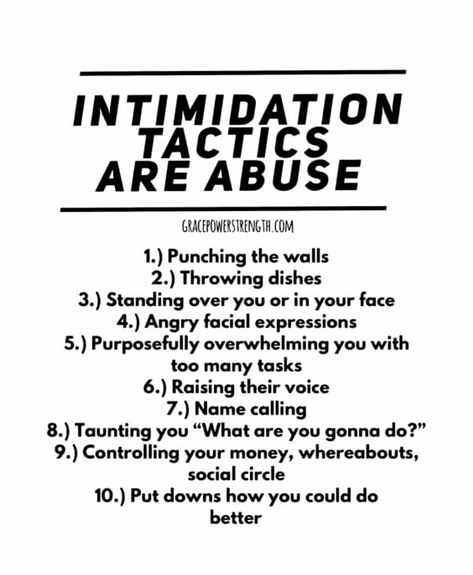
Practicing lawyers are well aware of how difficult it can be to convince a public authority that controls the implementation of sectoral legal relations (for example, customs or tax services). And although conscientious entrepreneurs, as a rule, have no desire to sue the state, they have to go to courts, since there is no other way out. nine0011
Thus, the Order of the Federal Customs Service of Russia No. 626 dated March 25, 2011 approved the Procedure for the actions of the customs authorities of the Russian Federation when taking measures to protect rights to intellectual property objects (hereinafter referred to as the Procedure). This Procedure, as indicated by the applicants in the case, in its content “is a regulatory legal act, since it establishes for an indefinite circle of persons other criteria for applying measures to protect intellectual rights in an administrative procedure, in addition to those established by industry legislation in the field of intellectual property. ” The procedure establishes a new term - "counterfeit" and "signs of counterfeit", which is absent in the Customs Code of the Customs Union and the Federal Law of November 27, 2010 No. 311-FZ "On Customs Regulation in the Russian Federation", as well as the concept and content of the concept of "counterfeit" has been changed set out in Article 1515 of the Civil Code of the Russian Federation. In addition, the Procedure is contrary to the Agreement on Trade Aspects of Intellectual Property Rights, violates the rights and legitimate interests of society in the field of entrepreneurial and other economic activities. nine0011
” The procedure establishes a new term - "counterfeit" and "signs of counterfeit", which is absent in the Customs Code of the Customs Union and the Federal Law of November 27, 2010 No. 311-FZ "On Customs Regulation in the Russian Federation", as well as the concept and content of the concept of "counterfeit" has been changed set out in Article 1515 of the Civil Code of the Russian Federation. In addition, the Procedure is contrary to the Agreement on Trade Aspects of Intellectual Property Rights, violates the rights and legitimate interests of society in the field of entrepreneurial and other economic activities. nine0011
Representatives of the Federal Customs Service of the Russian Federation, in turn, explained that the contested Procedure is not a normative legal act, since it does not contain a new rule of conduct, the contested Procedure was not registered with the Ministry of Justice of the Russian Federation and, on the basis of Article 34 of the Arbitration Procedure Code of the Russian Federation, cannot be the subject of consideration by the Supreme Arbitration Court of the Russian Federation as a court first instance.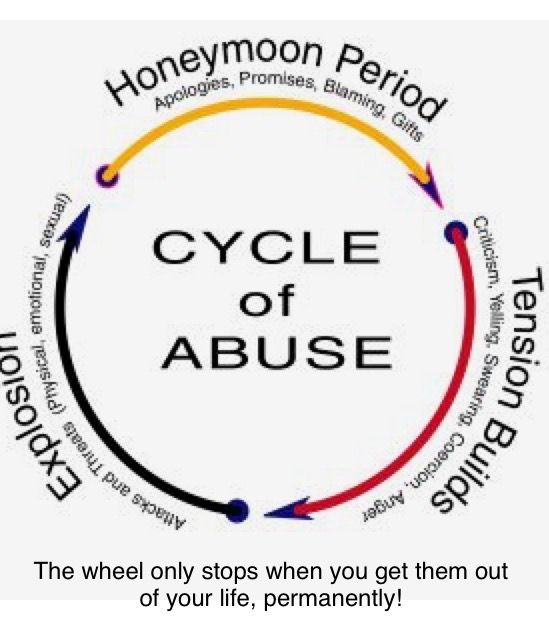
The Supreme Arbitration Court of the Russian Federation, recognizing the Procedure as invalid, noted that the lack of registration of the order of the federal executive body with the Ministry of Justice of the Russian Federation does not affect the assessment of the normative nature of the provisions contained therein, since it only concerns the procedure for its adoption and promulgation11. nine0011
Such decisions are essential for maintaining law and order in the field of entrepreneurial activity, since they are made taking into account the interests of right holders and streamline their relationship with the body performing state functions. Unfortunately, it can be stated that the regulatory authorities often issue acts that, in fact, in practice, are of a normative legal nature (for example, letters, orders), but at the same time, especially in meetings on cases on recognizing them as invalid, they are interpreted by customs and tax authorities. authorities as certain documents (sometimes of an internal nature) that are not subject to dispute by entrepreneurs. nine0011
nine0011
Summing up the study of judicial practice in the consideration of individual trademark disputes, I would like to state the following. Currently, arbitration courts consider a wide range of disputes related to the protection of subjective rights to the results of intellectual activity and (or) to means of individualization. An important place in the implementation of this protection belongs to a new specialized judicial body - the Court for Intellectual Property Rights, which, within its competence, considers disputes related to the protection of intellectual property rights as a court of first instance and cassation12. In the future, the practice of the Intellectual Property Rights Court expects its serious generalization. nine0011
1Andreev Yu.N. Judicial protection of exclusive rights: civil aspects. M.: Norma. 2011. S.109-121 (§2 of chapter III) // ATP "GARANT".
2Information letter of the Presidium of the Supreme Arbitration Court of the Russian Federation dated July 29, 1997 No.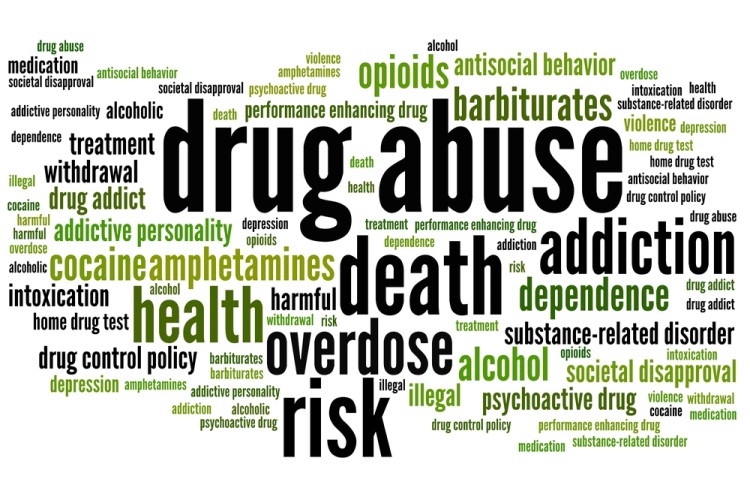 19 “Overview of the practice of resolving disputes related to the protection of trademark rights” // Bulletin of the Supreme Arbitration Court of the Russian Federation. 1997. No. 10; Information letter of the Presidium of the Supreme Arbitration Court of the Russian Federation dated December 13, 2007 No. 122 “Overview of the practice of consideration by arbitration courts of cases related to the application of intellectual property legislation” // Bulletin of the Supreme Arbitration Court of the Russian Federation. 2008. No. 2; Decree of the Plenum of the Supreme Arbitration Court of the Russian Federation of February 17, 2011 No. 11 “On some issues of the application of the Special Part of the Code of the Russian Federation on Administrative Offenses” // Bulletin of the Supreme Arbitration Court of the Russian Federation. 2011. No. 5.
19 “Overview of the practice of resolving disputes related to the protection of trademark rights” // Bulletin of the Supreme Arbitration Court of the Russian Federation. 1997. No. 10; Information letter of the Presidium of the Supreme Arbitration Court of the Russian Federation dated December 13, 2007 No. 122 “Overview of the practice of consideration by arbitration courts of cases related to the application of intellectual property legislation” // Bulletin of the Supreme Arbitration Court of the Russian Federation. 2008. No. 2; Decree of the Plenum of the Supreme Arbitration Court of the Russian Federation of February 17, 2011 No. 11 “On some issues of the application of the Special Part of the Code of the Russian Federation on Administrative Offenses” // Bulletin of the Supreme Arbitration Court of the Russian Federation. 2011. No. 5.
3 Ruling of the Intellectual Property Rights Court dated December 23, 2013 in case No. А40-169376/2012 [Electronic resource] // // Arbitration cases file // http://kad.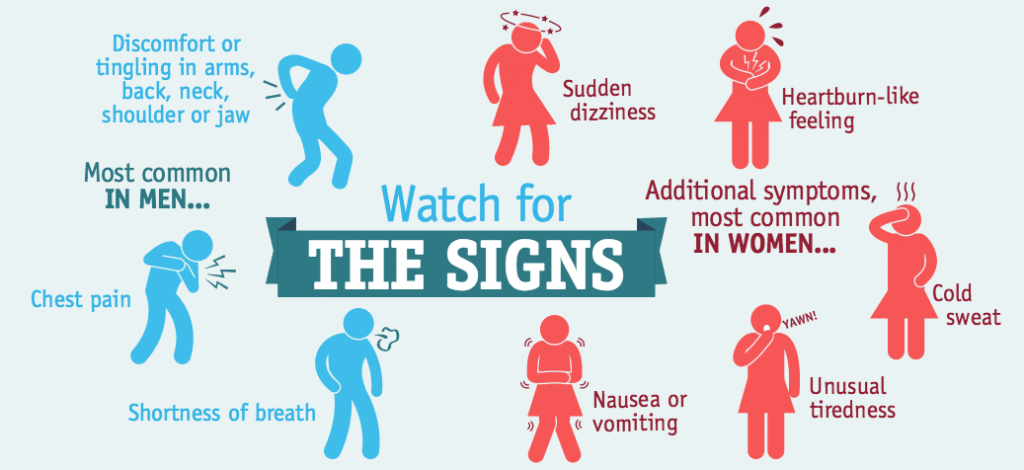 arbitr.ru/PdfDocument/dc1ffa3e-fffd- 4095-89d9-04bfafce5c8e/A40-169376-2012_20131223_Reshenija%20i%20postanovlenija.pdf (Accessed 25 June 2014).
arbitr.ru/PdfDocument/dc1ffa3e-fffd- 4095-89d9-04bfafce5c8e/A40-169376-2012_20131223_Reshenija%20i%20postanovlenija.pdf (Accessed 25 June 2014).
4FKP Soyuzplodoimport website [Electronic resource] // http://spimport.ru/index.php (Accessed June 25, 2014).
5Statistics of the work of arbitration courts [Electronic resource] // Information portal "PRAVO.RU" // http://stat.pravo.ru (accessed June 25, 2014). nine0011
6International Classification of Goods and Services of the Nice Classification (Version 10, 2013) in Russian in PDF format [Electronic resource] // FIPS website: http://www1.fips.ru/MKTU10_PDF/mktu_10_2013.pdf (accessed 25 June 2014).
7 Decision of the Intellectual Property Rights Court dated November 21, 2013 in case No. SIP-19/2013 [Electronic resource] // Arbitration cases file // http://kad.arbitr.ru/PdfDocument/47243171-5d42-46d7-93cf- eabe116c33b4/SIP-19-2013_20131121_Reshenija%20i%20postanovlenija.pdf (Accessed 25 June 2014). nine0011
8 Decree of the Federal Antimonopoly Service of the Volga-Vyatka District dated June 28, 2013 in case No. А28-8815/2012 // SPS "GARANT".
А28-8815/2012 // SPS "GARANT".
9Sm. Clause 1 of the Regulations on the Federal Service for Intellectual Property (approved by the decree of the Government of March 21, 2012 No. 218) // Rossiyskaya Gazeta. 03/30/2012.
10 Resolution of the Presidium of the Court for Intellectual Property Rights of January 22, 2014 in case No. SIP-163/2013 // SPS "GARANT".
11Decision of the Supreme Arbitration Court of the Russian Federation dated February 26, 2014 No. VAC-19853/13 [Electronic resource] // Card file of arbitration cases // http://kad.arbitr.ru/PdfDocument/f5d73e2d-8c2e-42c5-971a-c687268abbac/VAS-19853-2013_20140226_Reshenija%20i%20postanovlenija.pdf (Accessed 25 June 2014).
12The number of applications to the Intellectual Property Court is increasing. According to statistics, as of March 11, 2014, the court received more than 2,000 cases. See: Press conference of the Chairman of the Court for Intellectual Property Rights L. Novoselova "The Court for Intellectual Property Rights: the first results of the work" [Electronic resource] // Information resource "RosBusinessConsulting" // http://presscentr.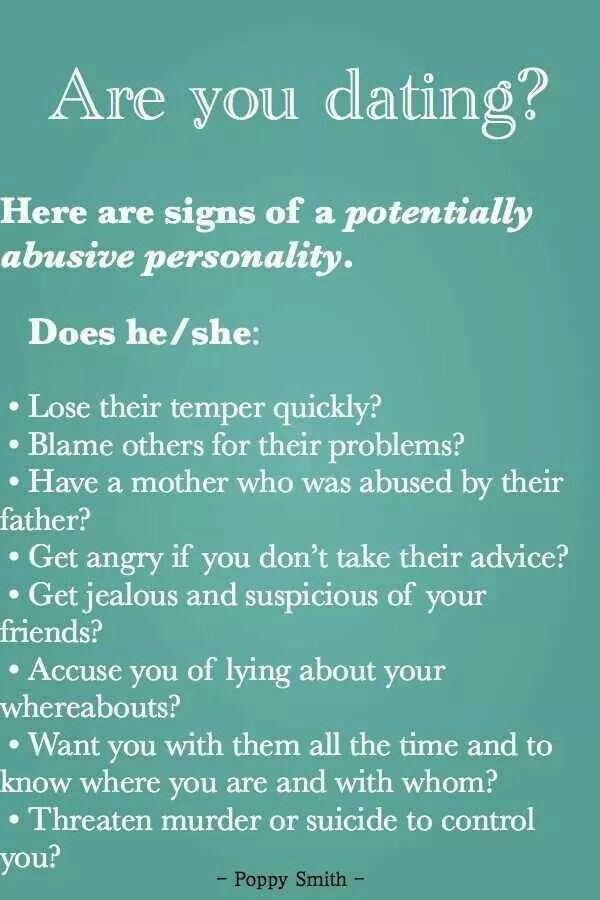 rbc.ru/pressconf/2014 /03/11/1552/ (accessed June 25, 2014). nine0011
rbc.ru/pressconf/2014 /03/11/1552/ (accessed June 25, 2014). nine0011
12Sub. 1 paragraph 9 of Article 1483 of the Civil Code of the Russian Federation.
Abuse of the right (Article 10 of the Civil Code of the Russian Federation) with comments: concept and types
Lost profit Article 15 of the Civil Code of the Russian Federation
Lost profit is one loss in civil law. The features of recovery, proof and calculation methods in arbitration practice are considered
Read the article
Unilateral termination of the contract
Commentary on the draft resolution of the Plenum of the Supreme Arbitration Court of the Russian Federation on the consequences of termination of the contract
Read the article
Recovery of damages from the director
Commentary on the resolution of the plenum of the Supreme Arbitration Court of the Russian Federation on compensation for losses by persons who are members of the bodies of a legal entity.
Read article
Legal protection of business and assets. Organization of protection
On ways to protect business and assets, rights and interests of owners (beneficiaries) and management. Possible options for the structure of the business and companies involved in the business
Read Article
Business fragmentation: dealing with other people's mistakes
Business fragmentation is one of the private problems and a constant theme in judicial practice. Tax evasion has attracted and continues to attract the attention of the tax authorities. What mistakes are made by taxpayers and can they be corrected? Read the material on the site
Read the article
Liability of the former director and founder
Bringing former directors, founders, participants of limited liability companies (LLC) to liability. Conditions, arbitration practice for bringing to responsibility, recovery of damages
Read the article
How the ASK VAT-2 program works and ways to bypass it
ASK VAT-2 is an object of close attention.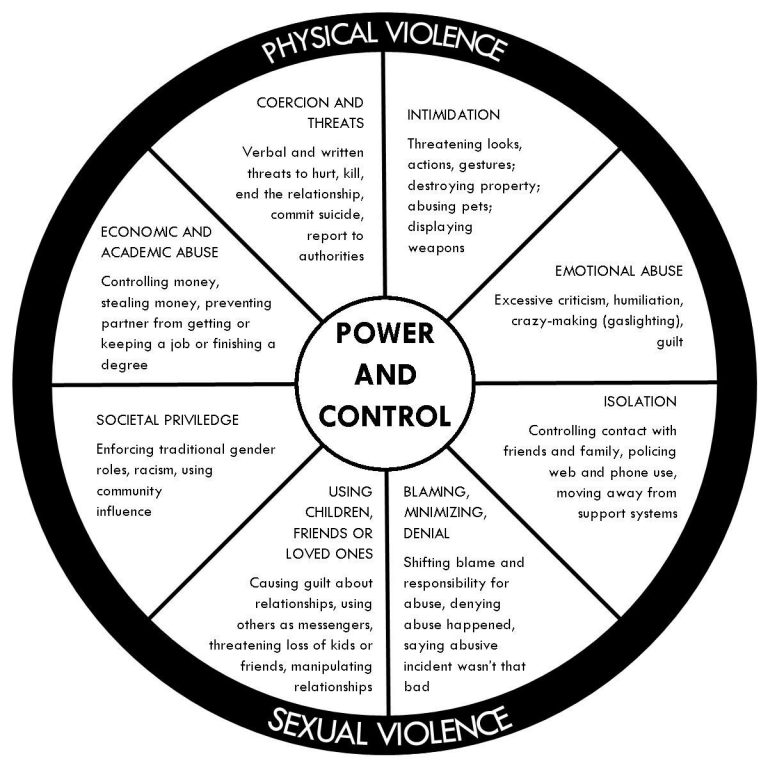 There is a desire to find out how it works, whether there are ways to bypass it, or options to minimize the consequences of its use. Therefore, we analyzed some points related to it
There is a desire to find out how it works, whether there are ways to bypass it, or options to minimize the consequences of its use. Therefore, we analyzed some points related to it
Read the article
Collection of debts from controlling persons without bankruptcy
Tearing off the corporate veil is an option for bringing controlling persons to responsibility. No bankruptcy proceedings. Suitable for thinking and well-considered creditors in a debt collection situation
Read the article
Two participants in a limited liability company
A limited liability company with two participants: difficulties in making decisions and conducting business activities of the company in case of a corporate conflict, exclusion of a participant, liquidation of the company. Equal and unequal distribution of shares.
Read the article
Business structuring as a working business tool
Business structuring is one of the necessary tools for businesses and their beneficiaries in order to create conditions for tax security when doing business.




